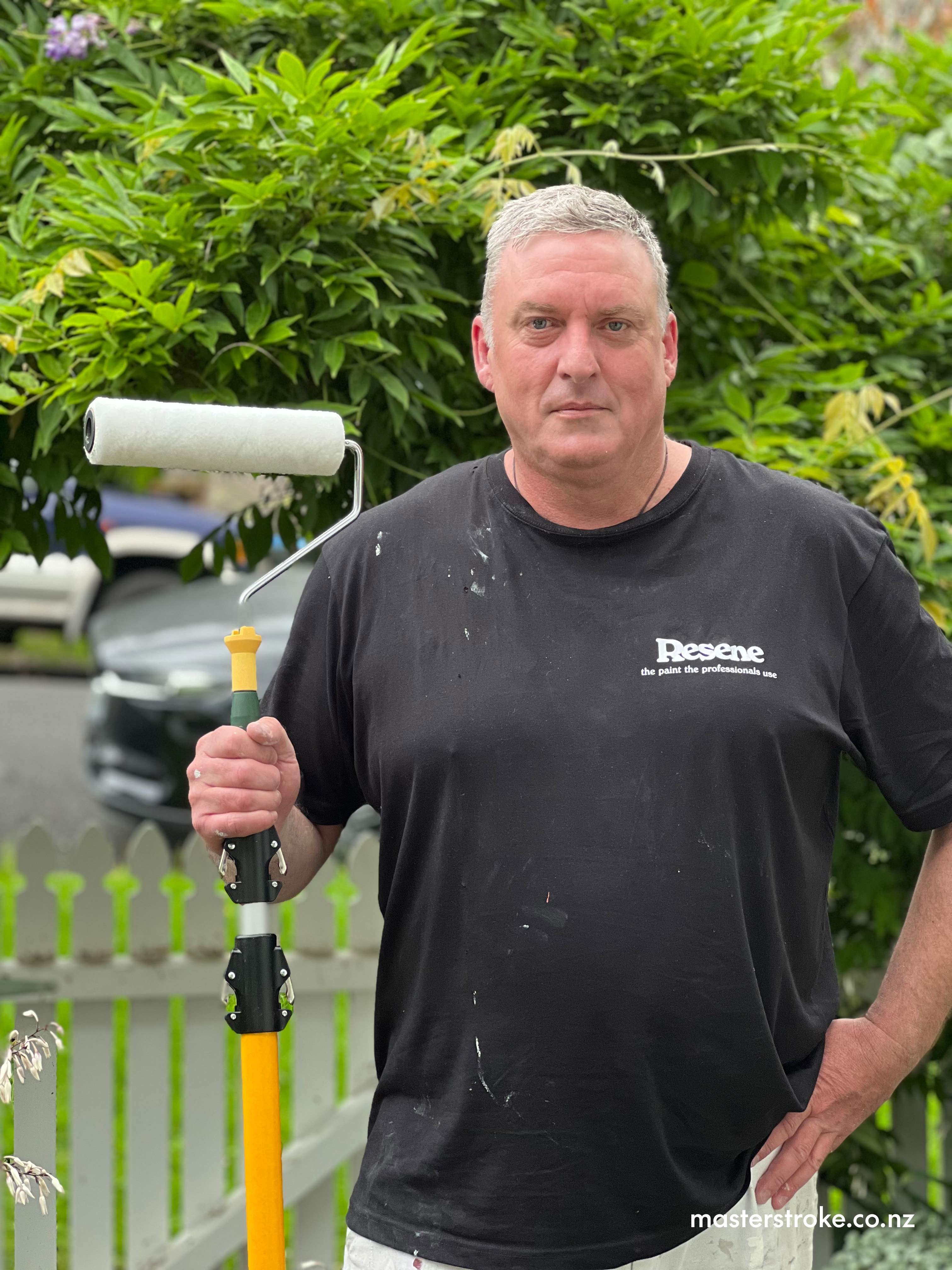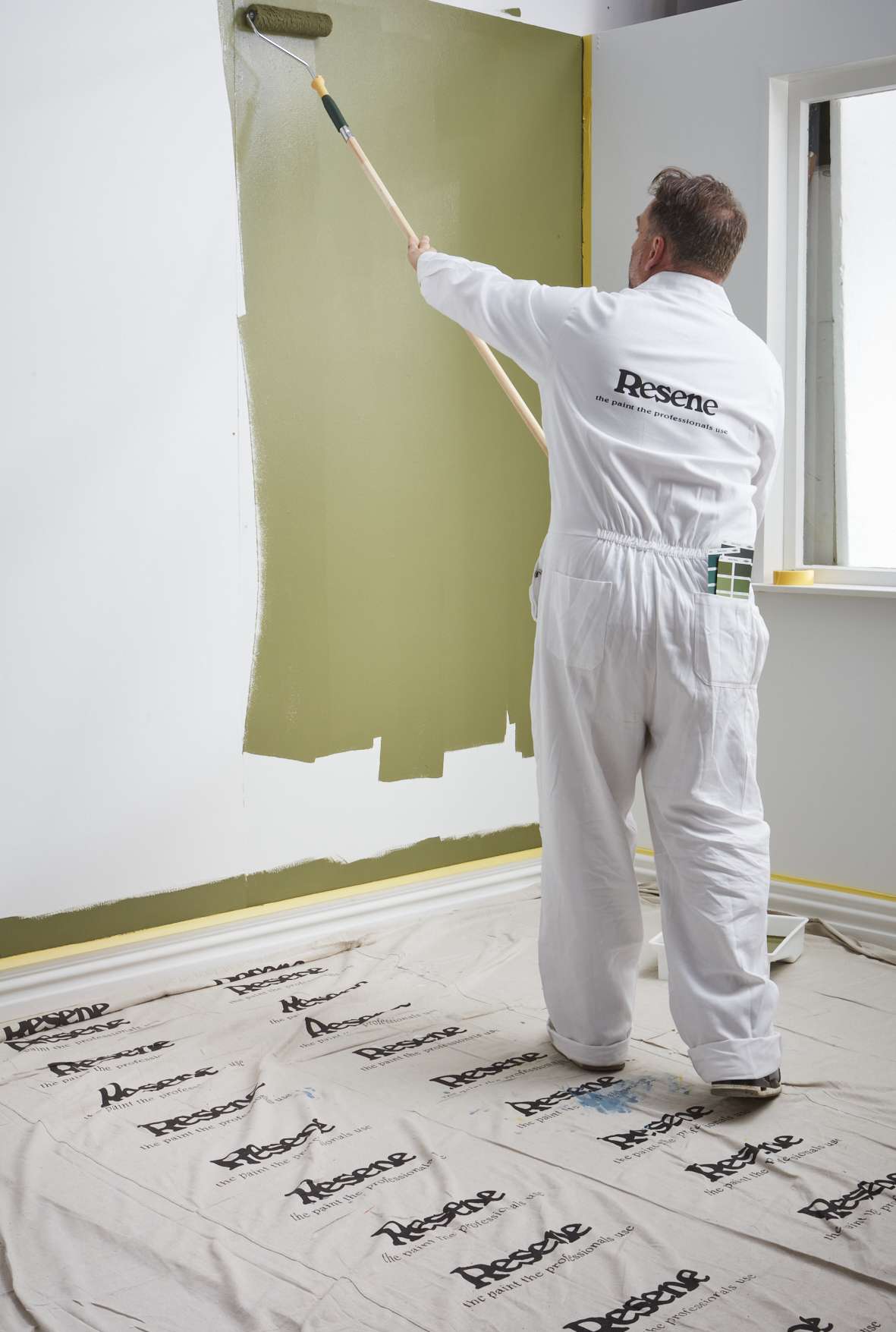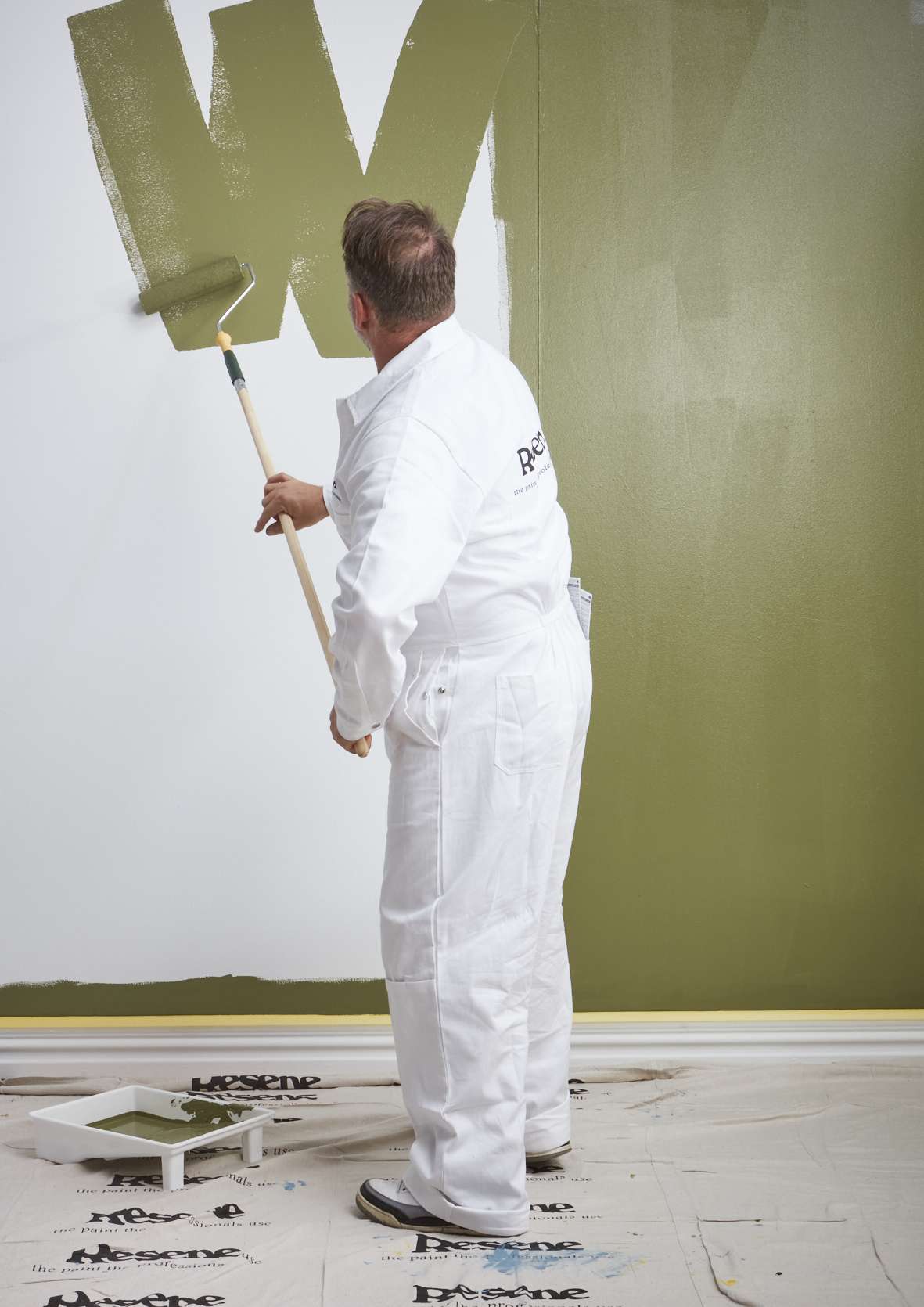Every hardworking DIYer would like their painting project to have a polished finish, one that looks like it could have been done by a professional. Rollers are an ideal way to paint a large area quickly and get a top-notch result.
In this MasterStroke Paint like a Pro video, Resene expert Murdo Shaw shows you how it’s done.
First up, make sure you choose the right roller for the job. If you’re unsure about what you need, chat to a staff member at a Resene ColorShop – they can recommend the best roller for the paint you are using and the surface you’re painting.
“Quality is key – roller sleeves may look similar, but they are not created equal. A better quality sleeve will help you put on the correct amount of paint at the required spread rate and give you a significantly betterfinish,” says Shaw.
Start your property search

Resene expert Murdo Shaw. Image / Supplied.
The most popular DIY roller sleeves are available in three sizes. The 230mm-long sleeve is the most popular and is used for larger areas, including most walls and ceilings.
The 150mm sleeve can also be used on walls and ceilings but is most suited to smaller surfaces, such as interior doors and cupboards, as well as fencing.
The 100mm-long reach rollers are made using the same fabric but do not hold as much paint as the other sleeves as they’re smaller with less surface area. They are designed for cupboards, doors, and hard-to-reach areas, such as inside cupboards and shelving.
Resene has matched roller sleeves to paint so you can easily get the right paint androller combination to make applying the paint easier.
Rollers with extendable handles allow you to paint higher ceilings or walls quickly and with less effort.
Once you’re ready to get to work, make sure you have everything you need before you start applying paint.
Add plenty of paint to your tray and load your roller up properly – it should look like a hot dog dipped in batter. Then lay the roller carefully against the wall. Roll upwards first and then continue along the surface, making W-shapes as you go. Make sure you always roll in the same direction – up and down, rather than side to side.

Image / Supplied.
Run the roller as close as possible to skirting boards and corners. Once you have covered approximately four square metres of wall, you will need to ‘lay off’ from top to bottom to get an even, consistent finish.
To lay off, make sure the roller sleeve is not fully loaded with paint. Using only light pressure, lay the roller approximately 300mm above the skirting board and slowly roll up towards the scotia – getting as close as practical to it.
Lightly roll back towards the skirting board but pull the roller away from the wall about 200mm above the skirting board. Repeat the process, overlapping strokes by approximately a quarter to half the roller length
Adjust the roller angle to get as close as practical to the edges of corners and around door and window frames.
Use a brush to paint the edges – a 50mm cutting-in brush is a good size. Paint 40mm to 50mm from the edges, outwards. As a rule, the more confident and experienced you are, the bigger the brush you can use. Bigger brushes hold more paint and get the job done faster.
Allow your Resene paint to dry, following the instructions on the paint can, and then apply a second coat.

Roll up: When applying paint with a roller, roll in an upwards direction first, before moving across the wall area in a rough ‘W’ pattern. Image / Supplied.
About MasterStroke by Resene
MasterStroke by Resene is here to help you master your paint and decorating DIY projects. Brushup on your skills with advice, tips and ideas from our trusted experts. Check out the latest how to videos at www.youtube.com/@masterstrokebyresene.





